Home>Storage Ideas>Kitchen Storage>How To Clean Stainless Steel Pans With Vinegar
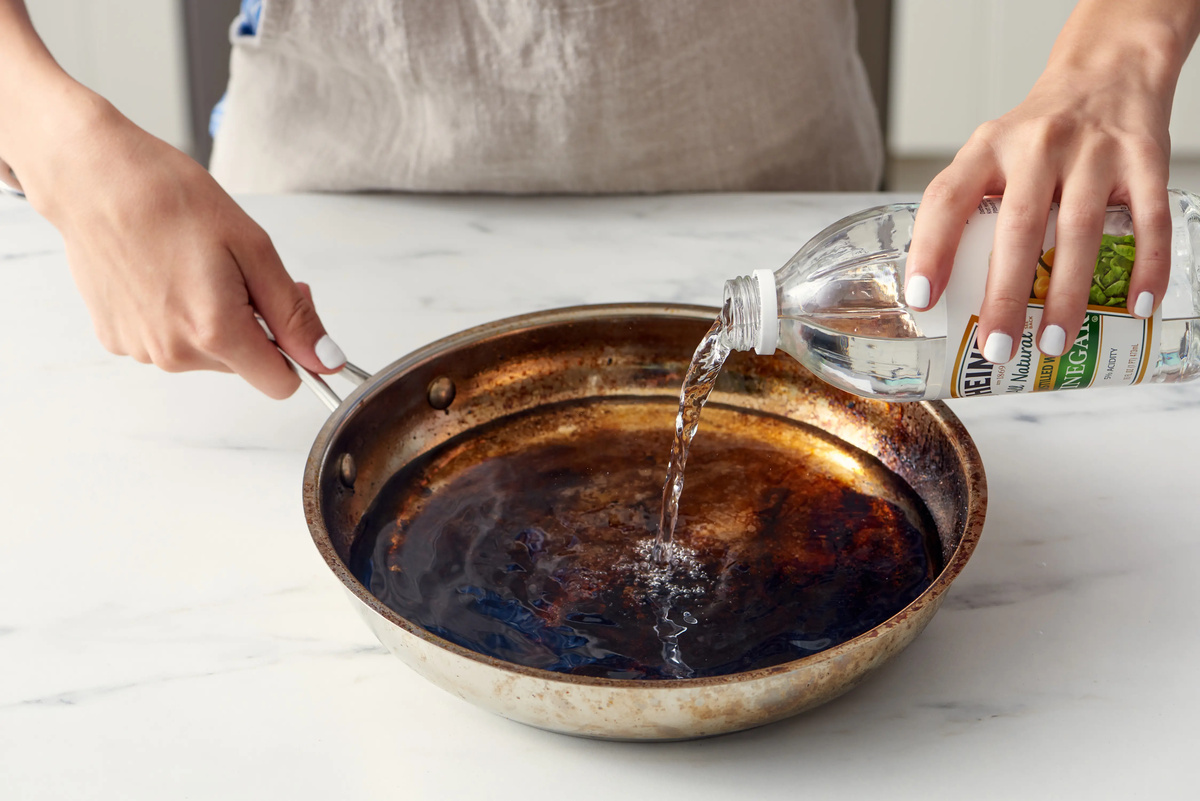

Kitchen Storage
How To Clean Stainless Steel Pans With Vinegar
Modified: October 29, 2024
Discover how to effectively clean stainless steel pans using vinegar and other simple household ingredients. Transform your kitchen storage with these innovative ideas.
(Many of the links in this article redirect to a specific reviewed product. Your purchase of these products through affiliate links helps to generate commission for Storables.com, at no extra cost. Learn more)
Introduction
Stainless steel pans are a popular choice in kitchens due to their durability, heat conductivity, and sleek appearance. However, over time, these pans can accumulate stains, burnt food residue, and grease, which can affect their performance and appearance. While there are various methods for cleaning stainless steel pans, one effective and natural solution is vinegar.
In this article, we will explore the benefits of using vinegar to clean stainless steel pans and provide step-by-step instructions on how to do it effectively. We will also discuss alternative cleaning methods and share some tips and precautions to help you maintain the quality and shine of your stainless steel pans.
So, let’s dive in and discover how vinegar can become your go-to solution for keeping your stainless steel pans spotless and sparkling!
Key Takeaways:
- Vinegar is a versatile, natural, and cost-effective solution for cleaning stainless steel pans, effectively removing stains and food residue while being gentle on the pans’ surface.
- In addition to vinegar, alternative methods such as baking soda and lemon juice offer effective ways to clean stainless steel pans, providing flexibility and options for maintaining their shine and cleanliness.
Benefits of Cleaning Stainless Steel Pans with Vinegar
Vinegar is not only a popular pantry staple but also a versatile cleaning agent that can be used to tackle a wide range of household cleaning tasks. When it comes to cleaning stainless steel pans, vinegar offers numerous benefits. Let’s explore some of them:
- Effective on stains and food residue: One of the key benefits of vinegar is its acidic properties, which make it effective in breaking down tough stains and stubborn food residue that can accumulate on stainless steel pans. Whether it’s burnt-on food, grease, or discoloration, vinegar can help remove them and restore the shine of your pans.
- Natural and non-toxic: Unlike commercial cleaning products that often contain harsh chemicals, vinegar is a natural and safe alternative. It does not leave behind any toxic residue that can come into contact with your food or pose a risk to your health. Additionally, using vinegar reduces the need for using multiple cleaning products, making it an eco-friendly choice.
- Cost-effective: Vinegar is an inexpensive cleaning solution. You don’t need to spend a fortune on specialized cleaning products when you have vinegar in your kitchen. It offers an affordable and readily available option for maintaining the cleanliness and appearance of your stainless steel pans.
- Deodorizing properties: Vinegar is known for its ability to absorb and neutralize odors. If your stainless steel pans have lingering smells from cooking, such as fish or spices, vinegar can help eliminate those unwanted odors, leaving your pans smelling fresh and clean.
- Gentle on the pans: One concern when cleaning stainless steel pans is avoiding any damage or scratching to the surface. Vinegar is gentle on stainless steel and does not cause any abrasive harm. It allows you to clean your pans effectively without worrying about compromising their quality or longevity.
With all these benefits, using vinegar is a practical and efficient way to maintain the cleanliness and functionality of your stainless steel pans. Now that we understand the advantages, let’s move on to the steps involved in cleaning stainless steel pans with vinegar.
Preparing the Stainless Steel Pans for Cleaning
Before you begin cleaning your stainless steel pans with vinegar, it’s important to prepare them properly to ensure the best results. Here are some steps to follow:
- Remove any food residue: Start by scraping off any leftover food or debris from the pans using a spatula or a soft brush. This will make the cleaning process easier and more effective.
- Rinse with warm water: Rinse the pans with warm water to remove any loose particles. This will help prevent any scratching on the surface of the stainless steel.
- Inspect for stubborn stains: Take a close look at the pans to identify any stubborn stains or burnt-on food that may require extra attention. This will help you focus your cleaning efforts on those specific areas.
- Gather the necessary supplies: Get your cleaning supplies ready. For cleaning stainless steel pans with vinegar, you’ll need distilled white vinegar, a soft sponge or cloth, and a clean towel for drying.
By properly preparing your stainless steel pans, you’ll set the stage for a successful cleaning process. Now that you’re ready to tackle the cleaning, let’s move on to the steps involved.
Steps to Clean Stainless Steel Pans with Vinegar
Cleaning stainless steel pans with vinegar is a simple and effective process. Follow these steps to achieve sparkling clean results:
- Dilute the vinegar: Start by diluting the vinegar with water in a 1:1 ratio. This will ensure that the acidity of the vinegar is not too strong, preventing any potential damage to the stainless steel surface.
- Apply the vinegar solution: Pour the vinegar solution onto the surface of the pan, ensuring that it covers the areas that require cleaning. Let the solution sit for a few minutes to allow the acidity to break down the stains and food residue.
- Gently scrub the pan: Take a soft sponge or cloth and gently scrub the pan in circular motions. Focus on the areas with stubborn stains or burnt-on food. The vinegar, along with the gentle scrubbing, will help lift away the dirt and grime from the surface of the pan.
- Rinse thoroughly: After scrubbing, rinse the pan thoroughly with warm water. This will remove any vinegar residue and ensure a clean finish.
- Dry the pans: Use a clean towel to dry the pans completely. This step is important to prevent any water spots or streaks from forming on the stainless steel surface.
That’s it! By following these steps, you can effectively clean your stainless steel pans using vinegar. The acidity of the vinegar helps to dissolve tough stains and residue, while the gentle scrubbing action removes them from the surface. Now, let’s explore some alternative methods for cleaning stainless steel pans, in case you don’t have vinegar on hand.
To clean stainless steel pans with vinegar, mix equal parts vinegar and water in the pan and bring to a boil. Let it cool, then scrub with a non-abrasive sponge. Rinse thoroughly and dry.
Alternative Methods for Cleaning Stainless Steel Pans
If you don’t have vinegar available or prefer to explore alternative methods, here are a few options for cleaning stainless steel pans:
- Baking Soda: Baking soda is another versatile and natural cleaning agent that can be used to clean stainless steel pans. Create a paste by mixing baking soda with water and apply it to the surface of the pan. Let it sit for a few minutes, then scrub gently with a soft sponge or cloth. Rinse thoroughly and dry.
- Lemon Juice: Lemon juice contains natural acids that can help cut through grease and stains on stainless steel pans. Squeeze fresh lemon juice onto the pan’s surface, or rub the pan with a lemon half. Let it sit for a few minutes, then scrub with a soft sponge or cloth. Rinse and dry.
- Commercial Stainless Steel Cleaner: If you prefer using specialized cleaning products, look for a stainless steel cleaner specifically designed for stainless steel cookware. Follow the manufacturer’s instructions for the best results.
- Cream of Tartar: Cream of tartar, a common baking ingredient, can also be used to clean stainless steel pans. Create a paste by mixing cream of tartar with water and apply it to the surface of the pan. Allow it to sit for a few minutes, then scrub gently and rinse thoroughly.
- Bar Keepers Friend: Bar Keepers Friend is a popular cleaning product that can effectively clean stainless steel pans. Follow the instructions on the packaging and scrub the pan gently with a soft sponge or cloth. Rinse and dry.
These alternative methods can be just as effective in cleaning stainless steel pans and can be used as substitutes when vinegar is not available. Remember to rinse and dry the pans thoroughly after cleaning to maintain their shine and prevent any water spots.
Now that you’re equipped with different cleaning methods, let’s move on to some essential tips and precautions to keep in mind when cleaning stainless steel pans with vinegar.
Tips and Precautions for Cleaning Stainless Steel Pans with Vinegar
Cleaning stainless steel pans with vinegar can yield excellent results, but it’s important to keep a few tips and precautions in mind to ensure the best outcome. Here are some guidelines to follow:
- Test in an inconspicuous area: Before applying vinegar to the entire surface of the pan, test it in a small, inconspicuous area to ensure that it does not cause any adverse reactions or damage to the stainless steel.
- Avoid abrasive cleaning tools: When scrubbing the stainless steel pans, use a soft sponge or cloth to prevent scratching the surface. Avoid using abrasive materials or harsh cleaning brushes that could damage the pan’s finish.
- Apply gentle pressure: While scrubbing, apply gentle, even pressure to avoid aggressive scrubbing that may cause unnecessary damage or scratches to the stainless steel surface.
- Always rinse and dry: After cleaning with vinegar, rinse the pan thoroughly with warm water to remove any vinegar residue. Drying the pans with a clean towel is essential to prevent water spots or streaks from forming on the stainless steel.
- Follow specific manufacturer instructions: Different stainless steel pans may have specific cleaning recommendations provided by the manufacturer. Always refer to their instructions and guidelines for the best cleaning practices.
- Regular maintenance: To keep your stainless steel pans in optimal condition, make it a habit to clean them after each use. This will help prevent stains and build-up, reducing the need for intensive cleaning in the future.
- Additional polishing: If you want to give your stainless steel pans an extra shine after cleaning with vinegar, you can use a small amount of olive oil or stainless steel polish. Apply a small amount to a clean cloth and buff the pans gently.
By following these tips and precautions, you can ensure that your stainless steel pans remain in top condition and maintain their shine for years to come.
After learning about the benefits, steps, alternative methods, and tips, you are now equipped with the knowledge to clean your stainless steel pans effectively using vinegar. With regular cleaning and maintenance, your pans will continue to be a valuable asset in your kitchen, providing you with delicious meals and a beautiful cooking experience.
Cleaning stainless steel pans doesn’t have to be a daunting task; with vinegar, it becomes a simple, natural, and cost-effective solution. So go ahead, grab that bottle of vinegar, and let the cleaning process begin!
Conclusion
Cleaning stainless steel pans with vinegar offers numerous benefits, including its effectiveness in removing stains and food residue, its natural and non-toxic properties, and its cost-effectiveness. Vinegar is a versatile and readily available cleaning solution that can help maintain the quality and appearance of your stainless steel pans.
In this article, we explored the step-by-step process of cleaning stainless steel pans with vinegar, including preparing the pans, applying the vinegar solution, gentle scrubbing, thorough rinsing, and drying. We also discussed alternative methods such as using baking soda, lemon juice, commercial stainless steel cleaners, cream of tartar, or Bar Keepers Friend.
Additionally, we provided some essential tips and precautions to ensure the best results, such as testing in an inconspicuous area, avoiding abrasive tools, using gentle pressure, and rinsing and drying the pans thoroughly. Regular maintenance and additional polishing can help prolong the life and shine of your stainless steel pans.
With vinegar as your trusty companion, you can confidently tackle the stains, grease, and burnt-on food residue that may accumulate on your stainless steel pans. Whether you choose to use vinegar or one of the alternative methods mentioned, the goal remains the same: to keep your stainless steel pans looking spotless and sparkling.
So, next time you notice your stainless steel pans in need of a good cleaning, reach for that bottle of vinegar and reap the benefits of this natural and effective solution. With a little bit of effort, your pans will be rejuvenated, ready to take on more delicious cooking adventures.
Remember, a well-maintained and clean kitchen is a joy to work in, and your stainless steel pans are a key component of that. Happy cooking and cleaning!
Frequently Asked Questions about How To Clean Stainless Steel Pans With Vinegar
Was this page helpful?
At Storables.com, we guarantee accurate and reliable information. Our content, validated by Expert Board Contributors, is crafted following stringent Editorial Policies. We're committed to providing you with well-researched, expert-backed insights for all your informational needs.
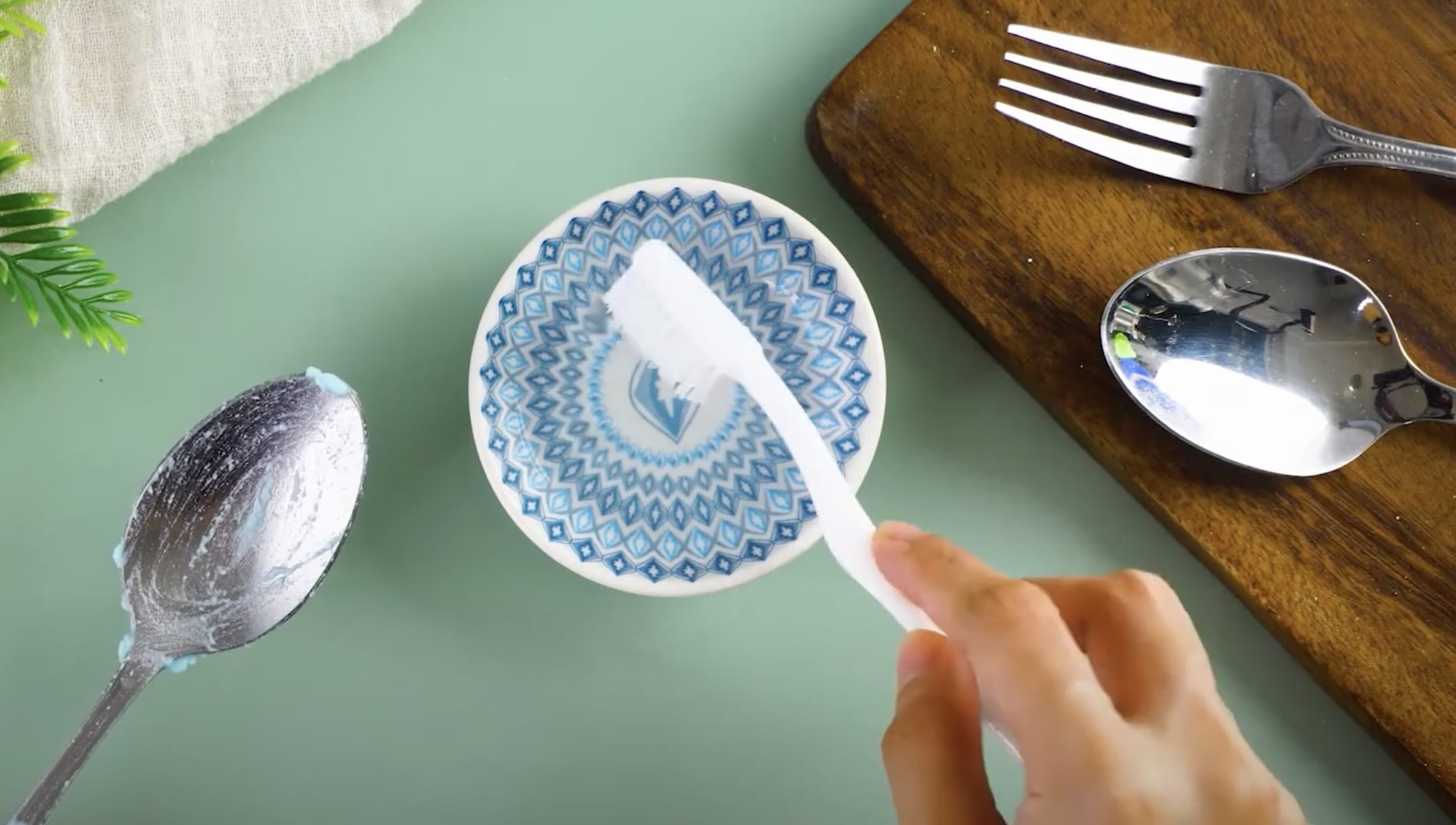
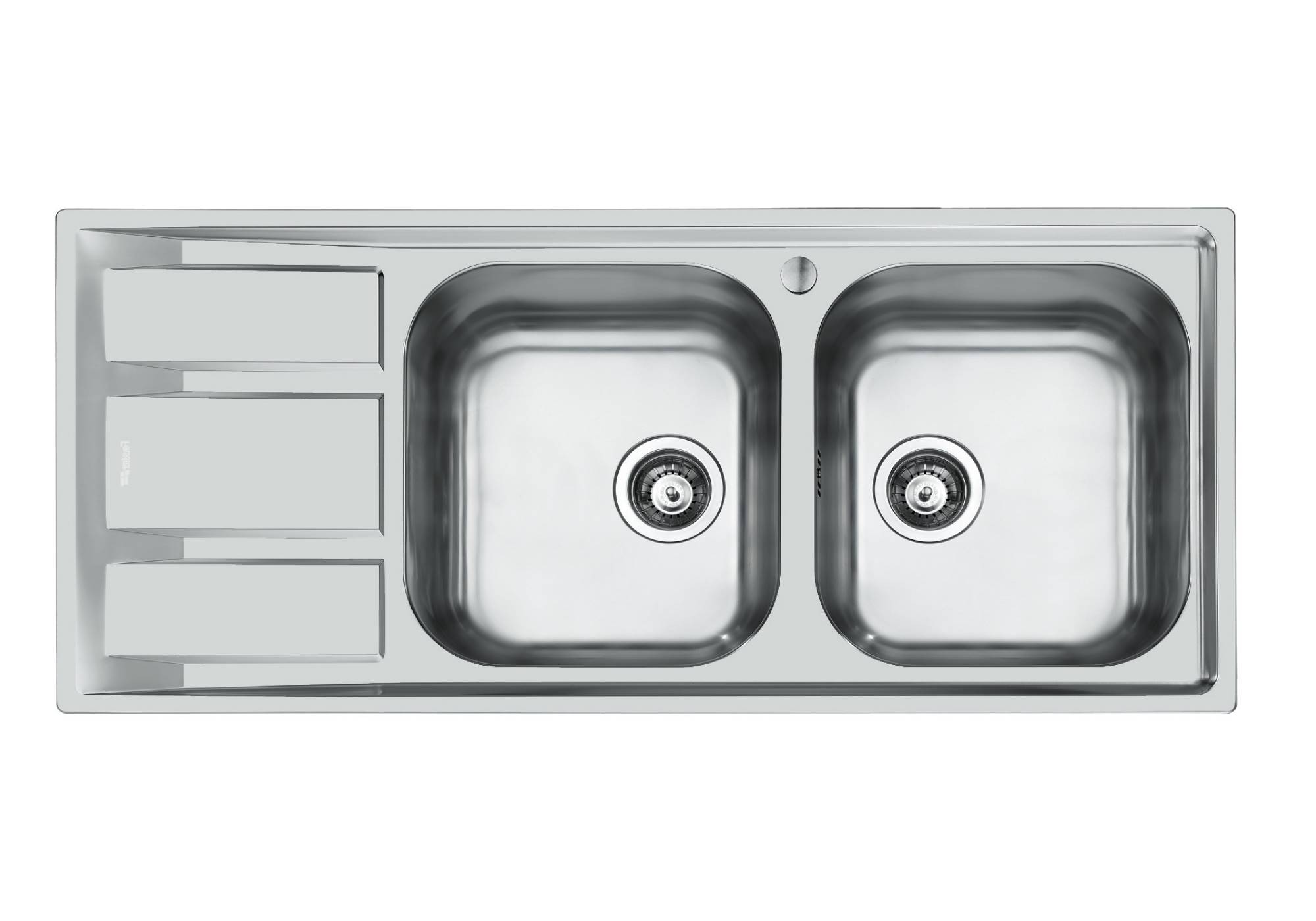
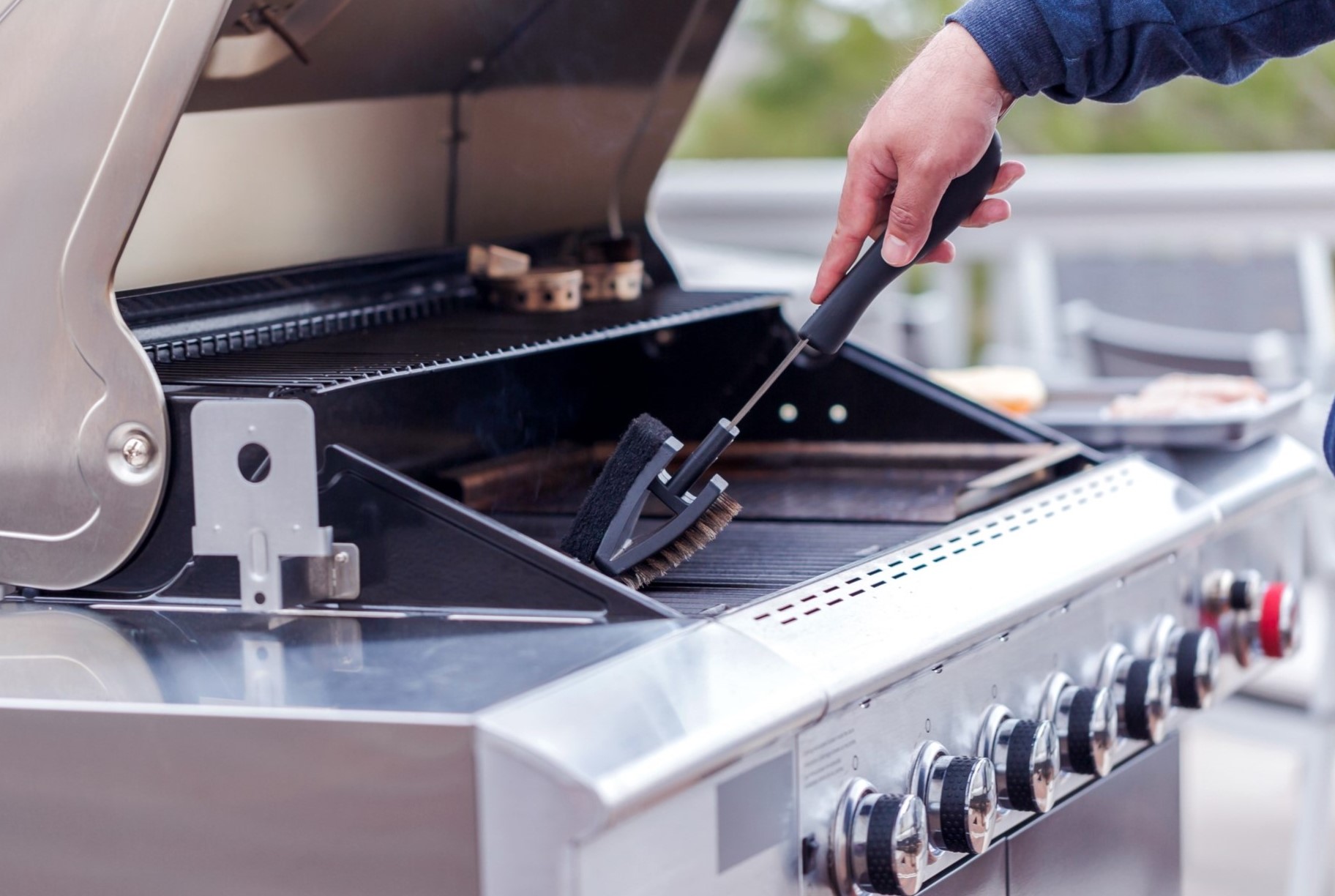

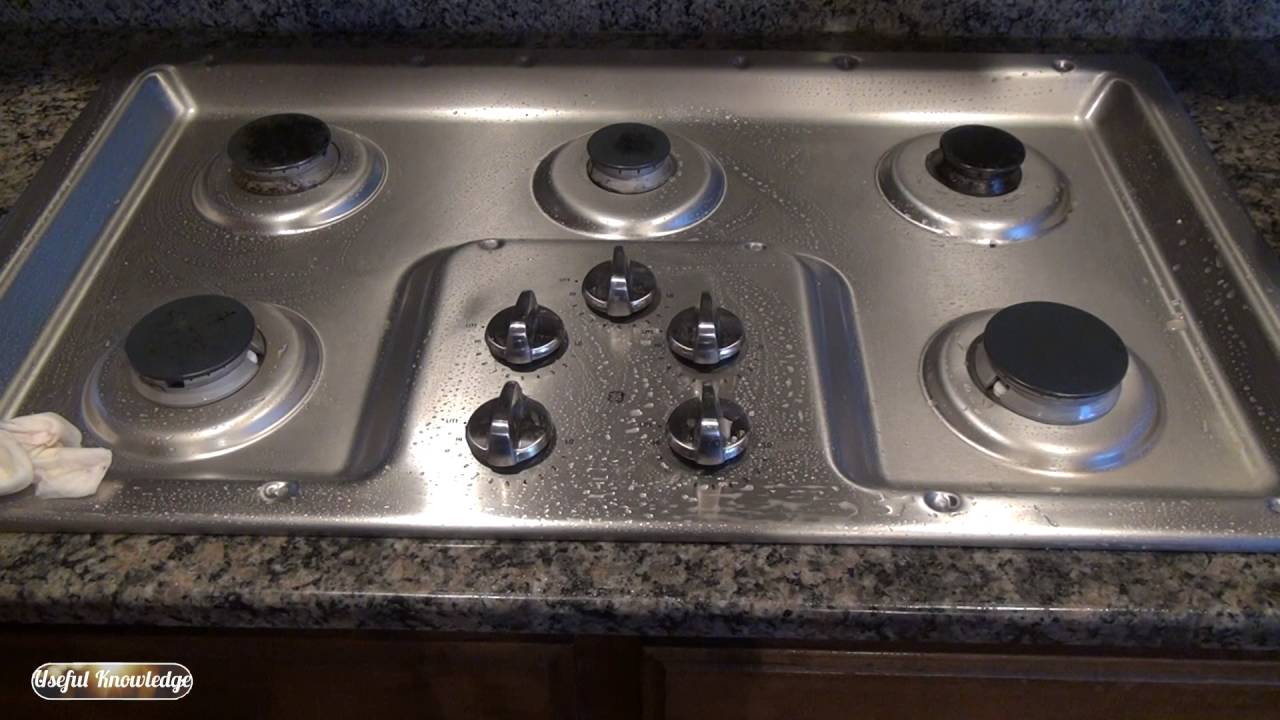
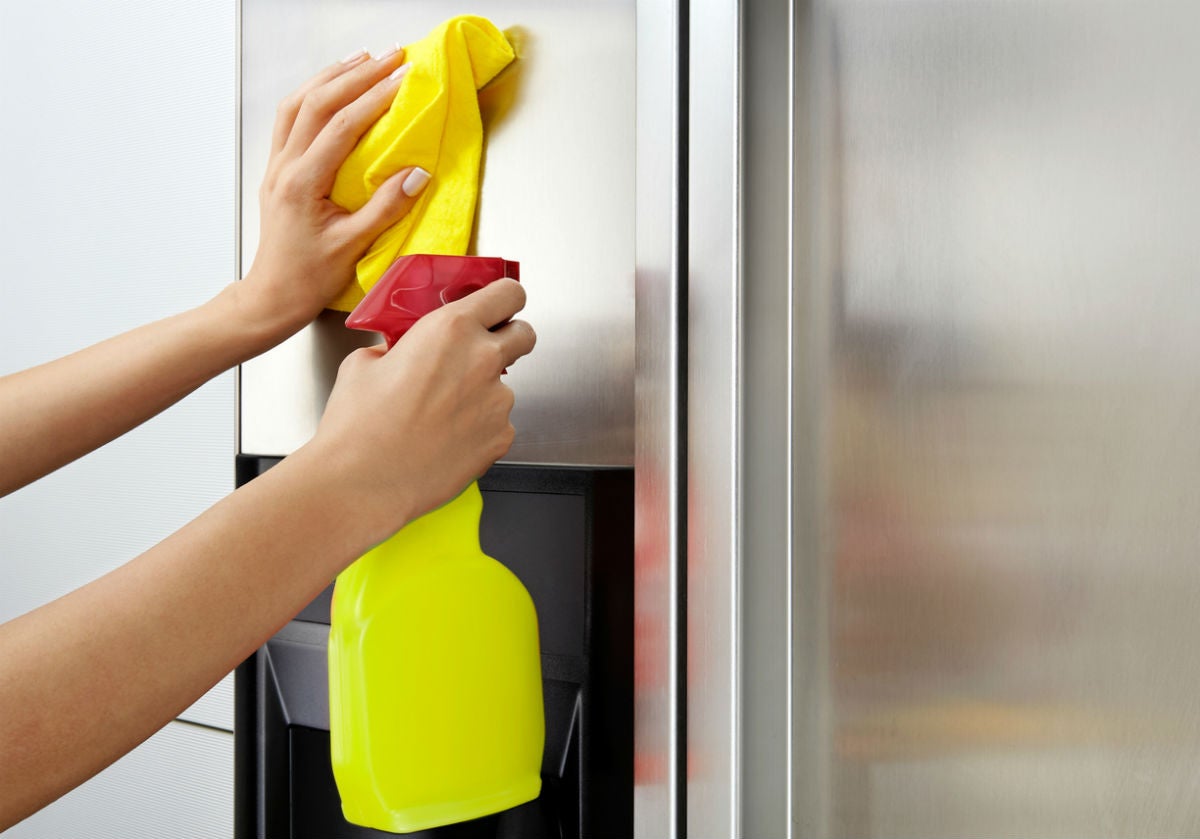
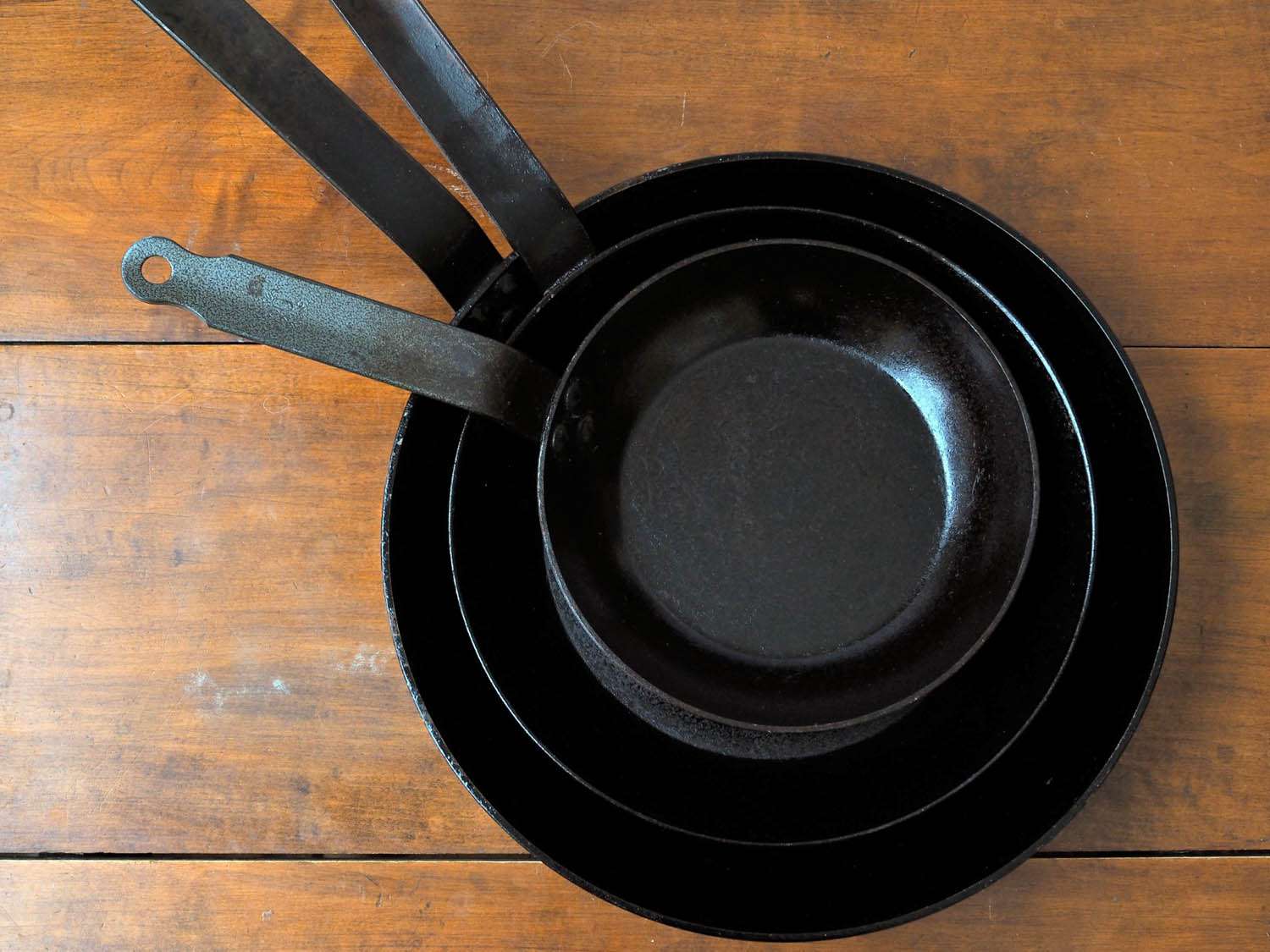
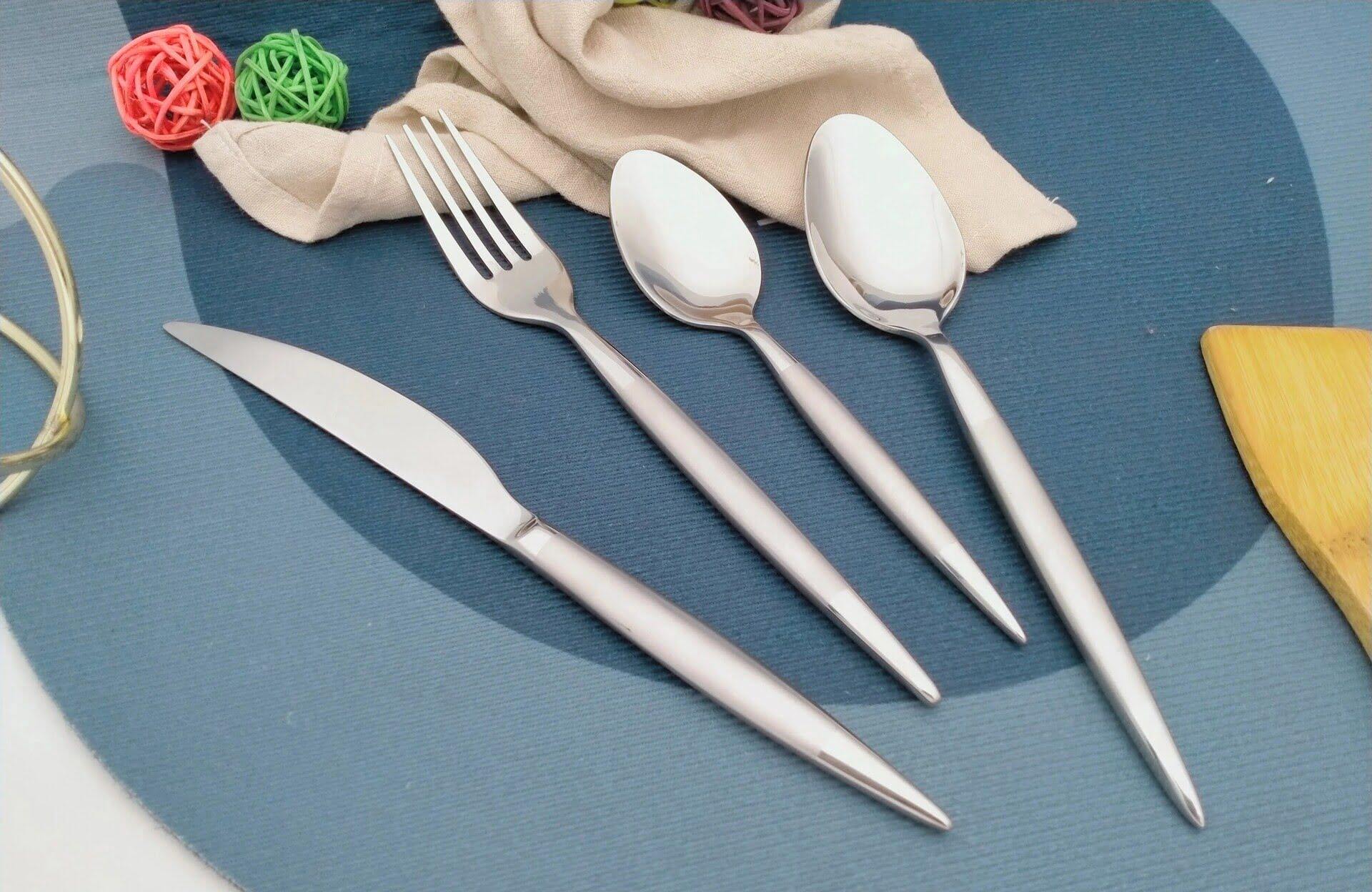
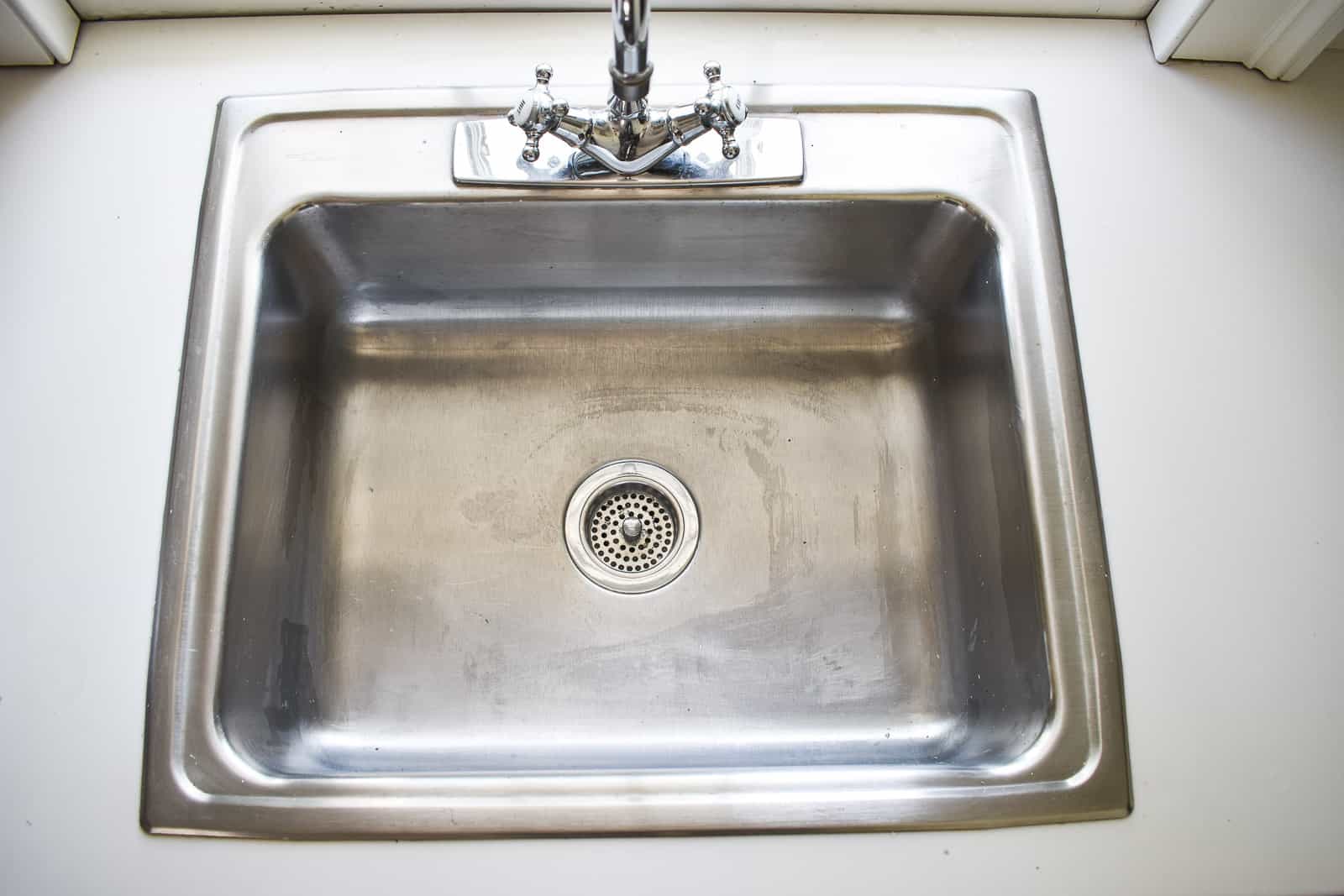
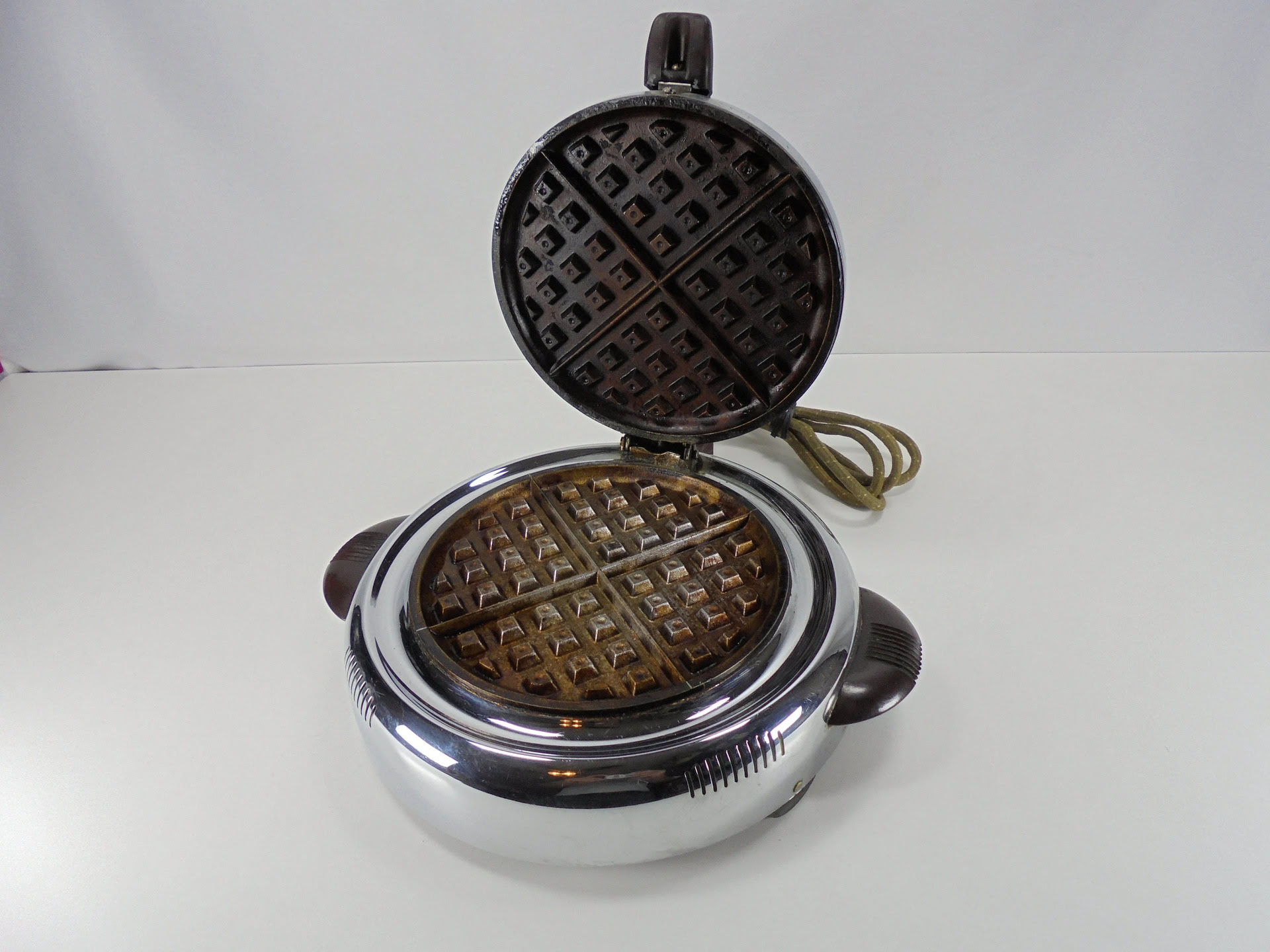
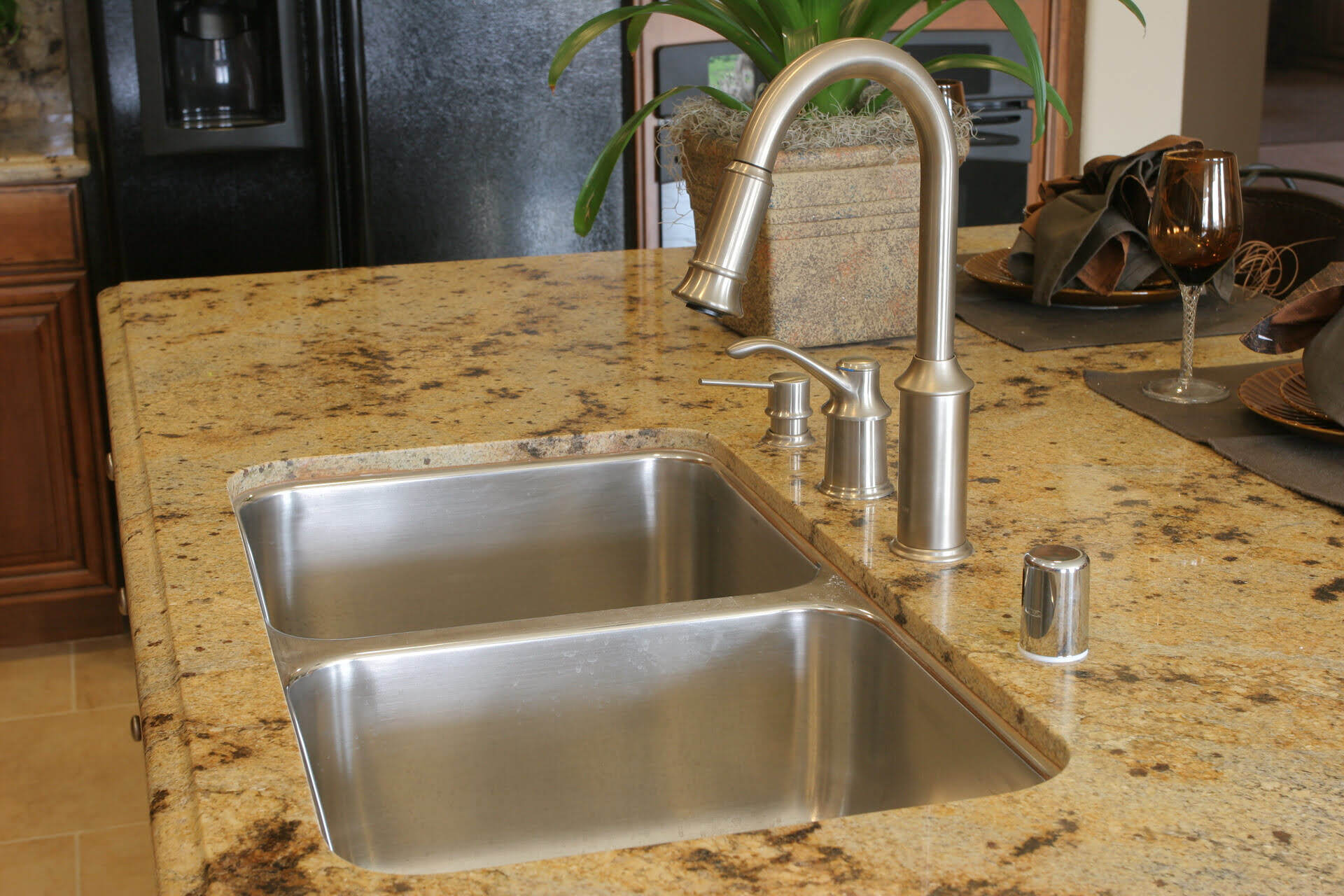
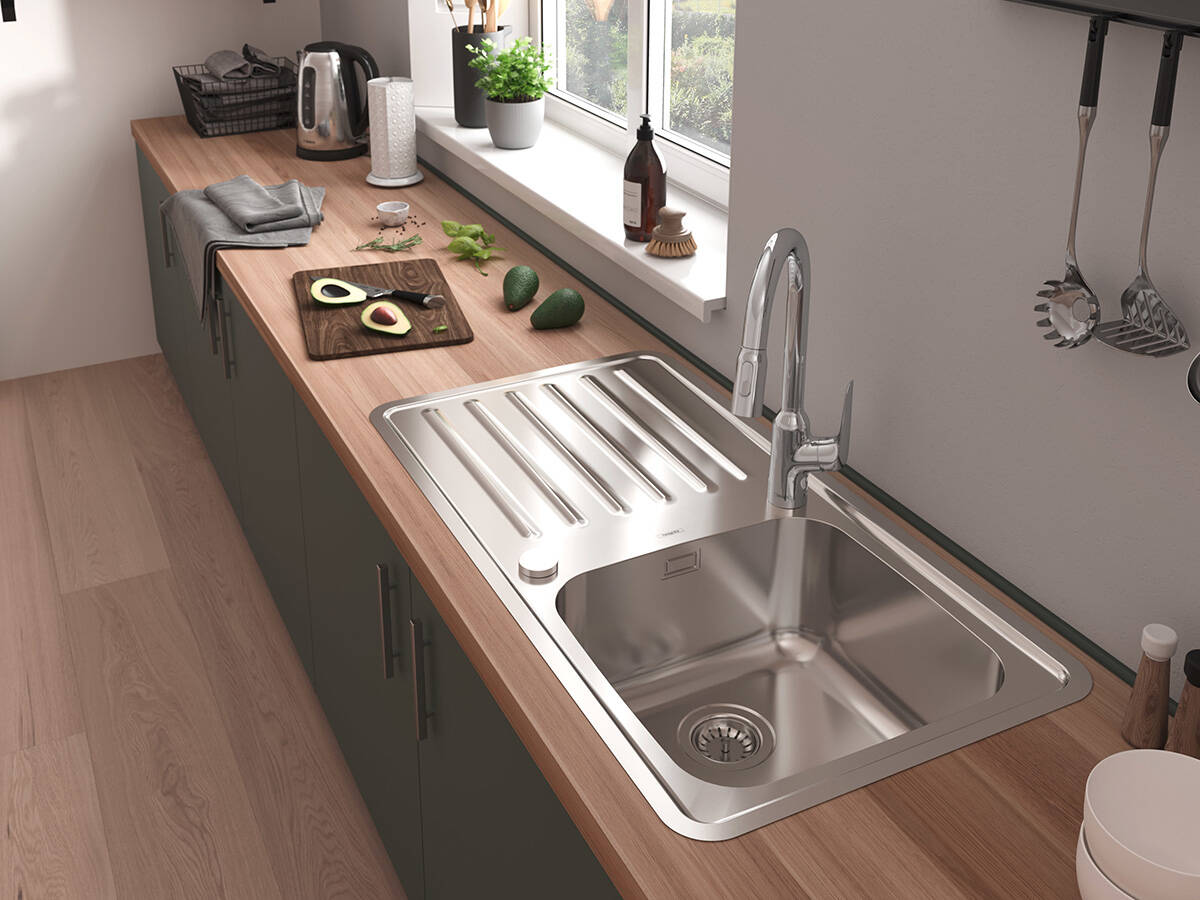

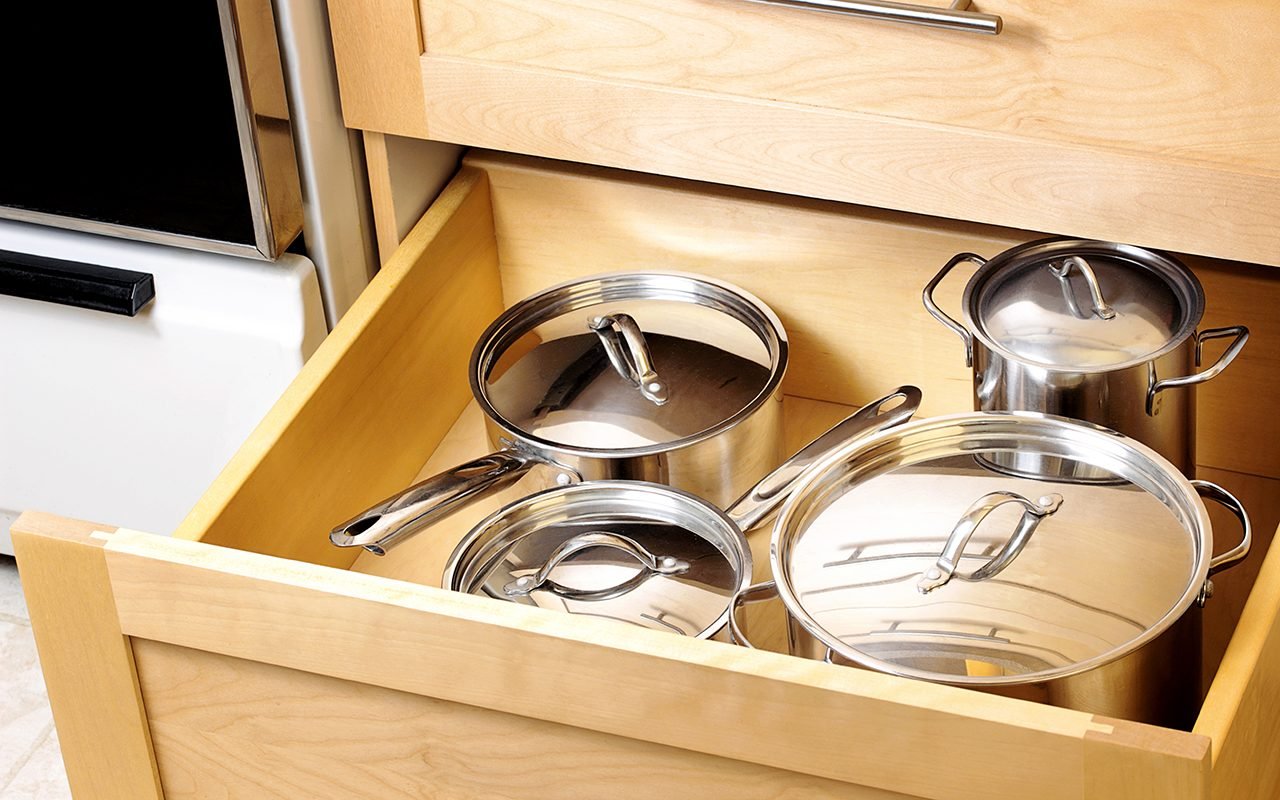

0 thoughts on “How To Clean Stainless Steel Pans With Vinegar”